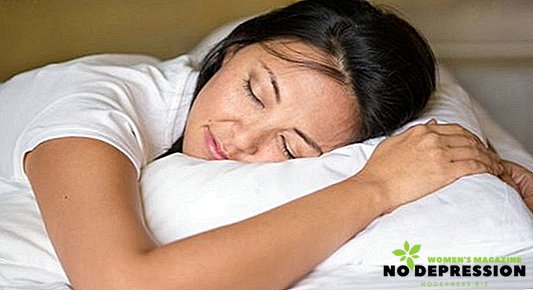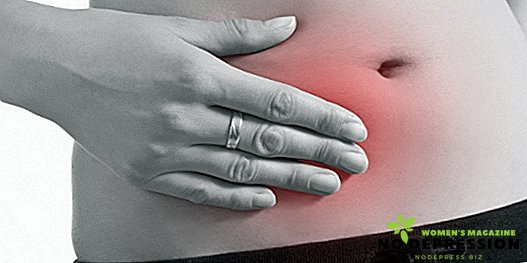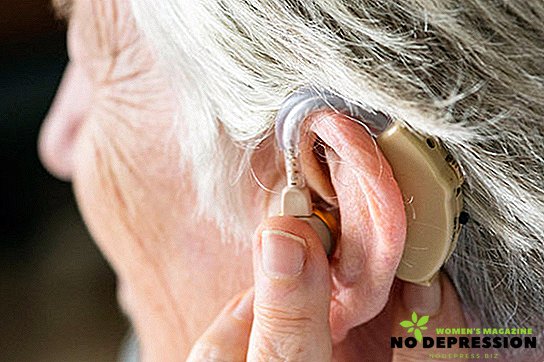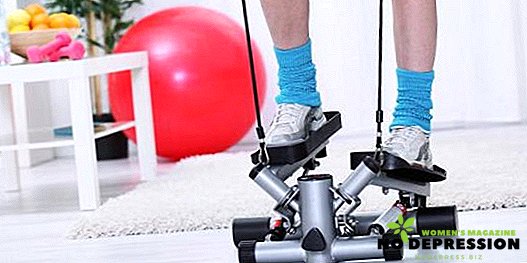Worm invasions are the most common disease in childhood. The disease leads to the fact that the body does not receive the required amount of nutrients.
This, in turn, leads to the appearance of many problems: allergic reactions, lowered immunity, chronic intoxication, damage to the gastrointestinal tract, etc.
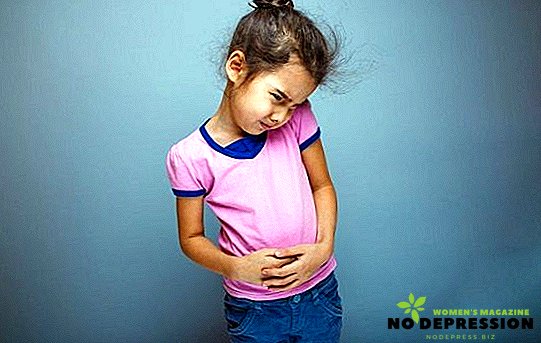
The danger of the disease lies in the fact that for a long time it may not manifest itself. Moreover, it is often possible to find out about the presence of parasites only with the help of laboratory tests.
The causes of the worms
Methods of infestation by parasites directly depend on what features differ in the cycle of their development. Because for some types of worms, a person is a "host" in whose body the worms multiply and live, while for others - an intermediate link.
In addition, there are cases when the worms need soil or other conditions suitable for the maturation of eggs. Naturally, a person can minimize the risk of infection through hygiene, which the child does not always adhere to.
It is the child's body that is more susceptible to illness, since its immunity is not sufficiently formed and weak. Systematic contact with sand, soil and other outdoor objects increases the risk of penetration by parasites.
The most "popular" types of helminths are roundworms and pinworms, which can be carried with dirty hands, used on household items, unwashed vegetables and fruits, etc. In addition, you can get sick from infected animals and people with close contact with them.
 Factors that increase the possibility of infection:
Factors that increase the possibility of infection:
- Non-compliance with basic hand hygiene before each meal or after walking on the street.
- Bad habits: sucking on a finger, chewing on nails, keeping various objects in your mouth (toys, pens, pencils, etc.).
- Pets visiting the street. Regardless of whether timely antihelminthic therapy, animals tolerate parasitic eggs on the hair and paws.
- The use of unwashed fruits and vegetables.
All these factors can cause the appearance of worms in the baby. As for the variety of parasites that feel great in the human body, today there are three main groups:
- Nematodes - are the "relatives" of round worms. Appear mainly in children (whipworms, pinworms, roundworm, trichinae).
- Worm tape - refer to the cestodes (echinococcus, Lentezy, chain).
- Trematodes - provoke the appearance of fascioliasis, opisthorchiasis, paragonimiasis, schistosmosis and other diseases.
Mostly they are located in the intestinal area. Capable in the form of larvae and eggs to spread with the bloodstream in almost all organs. The gallbladder and liver are primarily affected, and the brain, lungs and muscle tissues may also be affected.
Symptoms of worms in a child
The worms that live in the children's body can cause serious health problems, so it is important to promptly consult a medical specialist when you find the first signs of helminthiasis.
Symptomatology manifests itself after re-invasion, that is, if the parasite enters the child's body again. Since during the initial infection the incubation period lasts for four to six weeks.
If the eggs could not take root, then their removal from the body is carried out naturally. However, once in the body again, the worms take root in the intestine, after which they can spread to other organs.
 From the habitat of worms and the nature of the symptoms, which include:
From the habitat of worms and the nature of the symptoms, which include:
- unpleasant itching in the area of the anus;
- swollen lymph nodes;
- stomatitis;
- cough;
- exacerbation of chronic diseases;
- gnashing of teeth;
- violation of the bowel.
Some types of parasites can negatively affect the physical and mental abilities of the child.
Enterobiasis
The main purpose of pinworms is the central nervous system, so a sick child may experience a change in intellectual abilities and behavior. The severity of symptoms directly depends on the course and degree of invasion, as well as on the age of the child. So, the signs of illness are as follows:
- Sensation of burning and itching in the region of the anus. The baby is often distracted and scratches this area, after which visible reddening and scratching appear. Especially itching becomes strong during sleep, that is, when the sphincter is completely relaxed.
- Pain in the abdomen.
- Allergic reaction.
- Dysfunction of the gastrointestinal tract.
- Sleep disturbance.
A child becomes whiny and capricious, and frequent headaches can torment him.
The presence of at least one of the signs should be a signal to the parents that they should already go to the doctor.
Ascariasis
A roundworm that has entered the children's body goes through certain stages of development, on which the symptoms of the disease depend:
- Migratory - parasitic larva enters the region of the lungs, forming microbleeds. This leads to wheezing and coughing with sputum. At the same time, body temperature may remain unchanged and not increase. Also, often appear allergic rashes on the skin.
- Intestinal - it is characterized by problems associated with digestion: diarrhea, constipation, belching, nausea, pain in the intestinal area. Also important signs of ascaris are weakened immune systems and weight loss. Often a child has insomnia and gnashing of teeth.
Teniarinhoz
 Initially, a tapeworm does not manifest itself in any way, and the first symptoms will only be felt when the parasite grows. When infected with this type of worm are observed:
Initially, a tapeworm does not manifest itself in any way, and the first symptoms will only be felt when the parasite grows. When infected with this type of worm are observed:
- pain in the abdomen;
- systematic vomiting and nausea;
- failure of the intestinal tract;
- irritability and weakness;
- poor appetite;
- rapid weight reduction.
This type of parasite is dangerous because it is very difficult to get rid of it.
Signs of helminths in infants
The symptomatology of the disease in infants is practically no different from the signs of the disease in adults. It is quite similar to the usual indisposition, so parents may simply underestimate the danger of the problem.
So, the signs are as follows:
- baseless capriciousness;
- restless sleep;
- the presence of disorders associated with the chair (constipation, diarrhea);
- pigment plaque formation;
- the appearance of dark circles under the eyes;
- the baby does not gain weight;
- the occurrence of allergic rashes (neurodermatitis, dermatitis, diathesis);
- the presence of anemia;
- at night there are bouts of hunger;
- pain in the umbilical region;
- poor appetite;
- temperature rise.
When infants are infected, the immune system is the first to suffer, so the child can often get sick with colds.
Diagnostic features
Detecting parasites in a child is not easy, it is due to the peculiarities of their life cycle. The initial diagnosis is determined by the symptoms.
To detect worms, the following manipulations are used:
- at least three feces;
- general blood analysis;
- blood test for giardiasis;
- scraping on the detection of enterobiosis.
As a supplement, if necessary, can be assigned:
- radiography;
- Ultrasound;
- CT (computed tomography).
These methods allow you to detect parasites in the lungs, liver, heart and other organs.
Treatment for worms with drugs
Today, there are many medications that can solve the problems associated with worms. For example, tablets are used by older children who can swallow them.
A single method allows you to get rid of only mature individuals of the parasite, but the remaining larvae in 2 weeks will turn into adult worms.
A suspension may also be used, especially it is convenient for treating infants. Differs easy portability. Today the most popular suspension is Pirantel.
It is extremely important during the treatment of the child to monitor his hygiene, which include the cleanliness of hands, the absence of fingers or objects in the mouth, regular cutting of nails, ironing of bed and underwear. If you strictly adhere to these simple rules, then you can stop the reproduction of parasites.
How to withdraw pills at home
 Regardless of the type of infection, special medicines are used to help eliminate worms. However, they can all cause side effects in the child, so it is extremely important to accurately calculate the required dosage.
Regardless of the type of infection, special medicines are used to help eliminate worms. However, they can all cause side effects in the child, so it is extremely important to accurately calculate the required dosage.
For the purpose of treating a child at home, the following medications can be used:
- Levamisole;
- Albendazole;
- Mebendazole;
- Medamin;
- Praziquantel;
- Helmiton;
- Diethylcarbamazine and others.
In addition, you need to eliminate the symptoms with the help of Pirantel and Vermox. Additionally, a variety of enzyme agents and enterosorbents can be used.
It is important in the process of treatment to follow the diet, but rather to include in the diet those foods that are “afraid” of parasites. These include: pineapple, papaya (seeds), garlic, thyme, horseradish (fresh), cranberries, pumpkin seeds.
Preventive measures
To protect the child from helminthiasis, it is necessary to carefully monitor its hygiene. To accustom the fact that after a walk you must wash your hands, you can not put your fingers and other objects in your mouth.
In addition, it is important to timely de-worming the animal, living at home and all the time in contact with the baby. All vegetables and fruits before consumption should be processed with boiling water, and fish and meat products - carefully prepared.
The anal zone and the genitals of the child must be clean. Wear only washed and ironed underwear. Nails in a timely manner to cut, and toys of the baby - to wash and wash.
Helminthiasis is a disease that is easy to catch, but which is not so easy to get rid of. Therefore, it is important not only to surround the child with cleanliness, but also to accustom him to the elementary rules of personal hygiene. Only in this case can the risk of infection be minimized and dangerous consequences be avoided.


